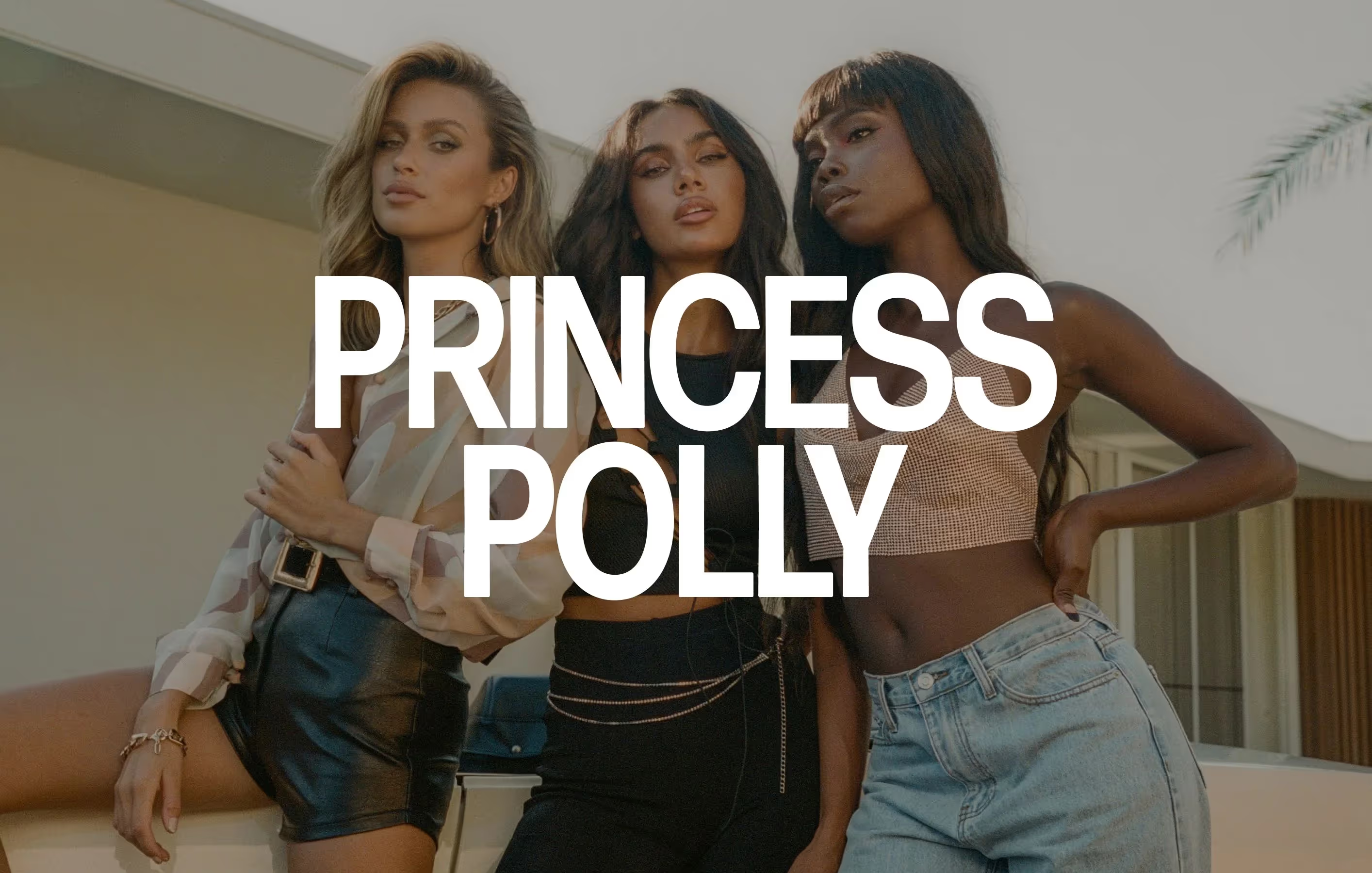How Brand Loyalty Differs Between Each Generation

There is no "one size fits all" solution when it comes to customer loyalty programs.
People from different demographics respond to brand loyalty in many different ways; people’s attitudes towards brand loyalty differ depending on their age, gender, annual income, spending habits and numerous other factors.
But the biggest divide in people’s behaviour towards customer loyalty programs is generational.
You can guess some of the more obvious factors: Baby Boomers aren’t as fussed about a brand’s social media presence as a Millennial is going to be. Similarly, Millennials are less likely to carry a paper punch card around in their wallet all day than a Baby Boomer.
But what about the less obvious factors…
Does Generation X still have more spending power than Millennials?
Do Millennials trust advertising as much as Baby Boomers?
Who is most likely to join a loyalty rewards program and actively participate in it?
After a recent study on how Millennials and Gen Z behave in regards to brand loyalty, CrowdTwist CEO Scott Matthews said loyalty programs were one of the key factors influencing brand choice among both generations.
“In fact, the younger generations are driving the success of loyalty programs,” he said.
So let’s put each generation under the microscope to find out which loyalty programs they best respond to...

Generation X
Born 1965 – 1976
As of 2019, Gen X’ers are in their mid-forties to mid-fifties, which generally means that most of them are currently enjoying the highest earning period of their lives.
Generation X is extremely loyal to brands they know, and far less likely to try a new brand over an existing, reputable one.
A mid-2018 study conducted by Morning Consult found that while younger generations like to try different products and are generally less predictable when it comes to their spending habits, Gen X find a product they like and stick to it.
In short… if you can get a member of Generation X to join your loyalty program, you’ve probably just gained yourself a very loyal customer.
So with that in mind, what kind of rewards program do Gen X’ers typically respond to?
Gen X’ers tend to be quite busy people, so the simpler you can make your loyalty program, the more likely they are to take a moment to sign up. Make the registration/points redemption processes fast and easy, and you will get more members of Gen X joining your rewards card app.
Gen X members’ prime reason for joining a loyalty program is to save money. This may seem like an obvious incentive, but as you read on you’ll find that people join loyalty programs for all sorts of reasons, such as convenience, social media presence and even a brand’s awareness of environmental and humanitarian issues.
So given that your Gen X’ers tend to be on-the-go, your rewards need to be clear and simple to obtain (Buy 9 X and Get 10th Free). Promote your loyalty program in-store with big signage, and keep it simple – less is more!
Baby Boomers
Born 1946 – 1964
Baby Boomers are in their late fifties to early seventies these days, and a large portion of them are retired or soon to be retired.
This generation grew up in an era where the term “customer loyalty program” was associated with paper punch cards, coupons, food vouchers and airline miles.
While these forms of loyalty programs still exist and are somewhat relevant, the modern day loyalty program has evolved into a digital card app for your smartphone that allows you to redeem rewards, check-in to places, leave feedback, track your rewards progress, choose your preferred offers and access countless other options for a personalised experience.
CrowdTwist research shows that when it comes to loyalty programs, Baby Boomers prioritise discounts over all else. They tend to be much less likely to switch brands, even with persuasive incentives, which makes a Baby Boomer’s loyalty much harder to obtain!
Simple “Buy X and Get Y” promotions appeal to this generation, and the more complicated you make the sign-up and rewards redemption process, the less likely Baby Boomers are to bother registering with your program.
Generation Y (Millennials)
Born 1977 – 1995

As for Millennials, being born during the 80s and 90s makes them the first generation to grow into adulthood during the digital age, an era where anything and everything is available online – an endless sea of possibilities when it comes to products and services to choose from.
So with this in mind, you would think that Millennials would lack brand loyalty, right? Wrong.
It’s a common myth that Millennials simply float from brand to brand chasing the best deal, with no particular loyalty to any business.
In fact, many of the studies conducted in recent years indicate that Millennials are simply “pickier” about which brands they choose to be loyal to. Millennials seek personalised shopping experiences tailored to their specific wants and needs.
So naturally, loyalty programs that use customer data to adapt their offers to each individual customer are going to be much better received by Millennials.
And with an annual spending power of $600 billion in the US alone, it’s important to keep those Millennials happy!
Another factor which comes into play when considering Millennials’ consumer habits is that they seem to be more immune to advertising than previous generations. Millennials rely on word-of-mouth and peer reviews to form an opinion on a business, rather than advertising.
A whopping 80 percent of Millennials are already members of at least one loyalty program; the vast majority subscribe to loyalty programs with numerous brands.
Whereas Generation X are more interested in value, Millennials want their loyalty programs to be mobile-based for convenience, so they can redeem rewards easily.
The most effective loyalty program for Millennials is going to be an easy-to-use loyalty card app they can download on their smartphone, with a simple sign-up process and the means for two-way communication between the merchant and the customer.
With each transaction, the offers and special deals being displayed on this loyalty card app should be changing to better suit the customer’s individual preferences based on what products they’ve been purchasing and the nature of their interactions with the store.
Generation Z
Born 1996 – Early 2010s

Most people who fall under the Generation Z category are still young and financially dependent, but make no mistake – they will make up a huge portion of the market soon enough.
After a recent Ernst & Young study on the spending habits of Millennials vs. Generation Z, Executive Director of Growth & Strategy Marcie Merriman referred to Generation Z as “taking Millennials’ spending habits to another level”.
In a nutshell, Gen Z is on track to not only share many of Millennials’ shopping traits, but exaggerate them.
They are much more sceptical about loyalty programs than their predecessors, and significantly less likely to respond to promotional strategies and customer loyalty incentives.
For Gen Z, it’s all about speed. It’s gotta be fast, it’s gotta be convenient. Social media presence is important – if your brand doesn’t hold a presence on Facebook, Twitter, Instagram, Snapchat, etc., then you are isolating yourself from exposure to Gen Z.
Funnily enough though, Gen Z prefer to shop in-store and interact with brands in person, so it’s not all about the digital experience after all.
One of Gen Z’s biggest points of difference from previous generations is their advocacy for good causes, such as easing global environmental and political issues, animal rights, and reducing our footprint.
Brands that find ways to contribute to these causes and incorporate it into their customer experience have a far better chance of winning the loyalty of customers from Gen Z.
Everything that applies to making your loyalty program suitable for Millennials applies tenfold for Generation Z – the more you can tailor your offers based on previous spending habits to offer each customer a personalised shopping experience, the better.
Opening up the lines of communication for feedback is essential. Perhaps little promotions such as “For Every $10 You Spend with Us, $1 Goes to a Good Cause” will increase your brand’s reputation and boost customer retention amongst Gen Z’s as well.
So… Which Generation Are Your Customers From?
In recognising and understanding how each generation typically uses customer loyalty programs, you can now determine who your target demographic is and create a loyalty program that specifically appeals to them.
Just as the exact same loyalty program won’t necessarily work for both a cafe and an airline, the same loyalty program won’t work for a business that attracts younger customers as opposed to a business that attracts retirees.






.webp)